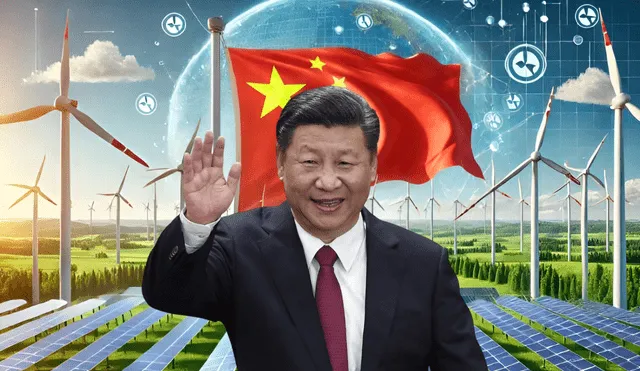China surges ahead in rooftop solar: Achieves in 3 months what Europe takes 3 years to match
China's rapid deployment of rooftop solar technology is reshaping the global energy landscape. A state-driven strategy and widespread adoption of solar motors are placing the country at the forefront of the energy transition.

China has quickly become the global leader of the energy transition with urban rooftops being used as decentralized power plants. A recent report by Rystad Energy noted that China installed in three months, the same amount of rooftop photovoltaic (PV) capacity that Europe took three years to install. Their unexpected and ramped-up rollout is part of a larger plan to increase energy independence and sustainability.
Rooftop solar motors being used in residential and commercial buildings are assisting China today to move away from fossil fuel reliance and increased energy efficiency. This is starkly different than Europe where slow movement continues with regulatory hurdles, costs, and logistics.
Rooftop revolution: Policy and planning drive China’s solar success
China's remarkable progress in rooftop solar has been enabled by a cohesive national policy and the alignment of government and private action. The government offered major subsidies, removed laws, and promoted their agenda, and a spokesperson from the Ministry of Energy says that aligning rooftop use to national goals helped mobilize communities and reduce coal consumption.
The effectively synchronized agency between state-owned and privately held companies has also helped ramp up solar projects quickly. Coordinated city and energy planning may be enabling more rapid development compared to Europe through ratio of regulatory fragmentation versus ownership fragmentation and faster paced decentralized solar adoption. This alignment continues to be a strong driver for reassembling energy production around local causes.
Solar motors: The engine of China’s decentralized energy model
Solar motors are central to China’s rooftop energy scheme. These devices convert solar energy collected from residential and commercial rooftops into usable electricity and reduce the burden on the national grid. This scheme demonstrates the advantages of decreasing the reliance on fossil fuel imports and promoting further efficiencies in energy self-consumption.
There are benefits for industry as well, as rooftop solar has supported continued operations during high demand times, ensuring continued output. The widespread adoption and application across sectors illustrate how China’s model offers an adaptable and scalable solution to address growing energy demand that may qualify as a roadmap for other countries.
Implications for the West: Strategic and technological shifts ahead
China’s advancement in rooftop solar marks a significant shift in the global energy balance, with potential geopolitical implications. As the country establishes itself as a clean energy leader, Western nations risk falling behind in both technological innovation and strategic influence. Rystad Energy’s report warns that without a fundamental change in approach, the West could lose its competitive edge in the green economy.
Despite efforts by the European Union to accelerate renewable energy adoption, a lack of unified policy among member states continues to hinder progress. As China pushes forward with an agile, urban-focused model, Western countries may need to reassess their strategies to keep pace in the global energy transition.













